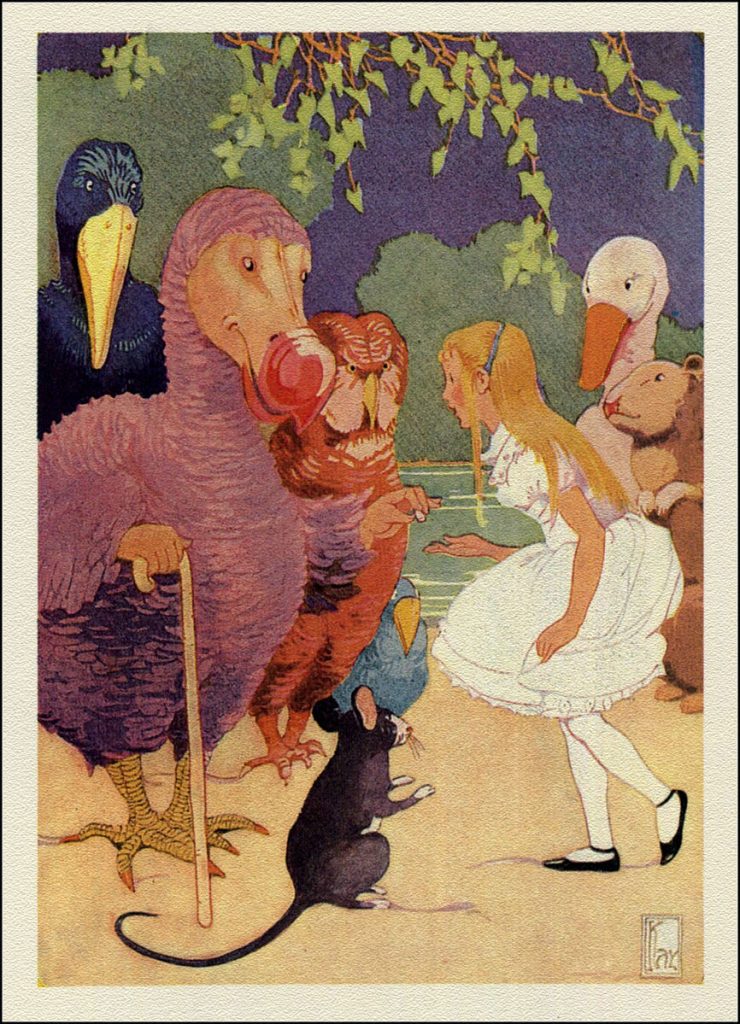MDA in The Stanley Parable or Her Story
“Would you tell me, please, which way I ought to go from here?”
“That depends a good deal on where you want to get to.”
“I don’t much care where –”“Then it doesn’t matter which way you go.”
The Stanley Parable operates on many levels, but the main one—or rather the one I find most interesting is its obsession with choices. Choices aren’t a selling point of video games so much as they are treated as the main all-encompassing point of the medium. The Parable is a double agent so to speak, in that it is a game that offers a variety of options but then begins to point out the flaws in having such a system, to quote the game directly, when the narrator specifically says,
“But now here comes the real question: what do you think would have happened if you had told me that you wanted this to stop? Do you think it would have been particularly different? Would I have taken this same idea but rephrased it superficially to fit that answer?”
The Parable has its mind set on pulling the rug out from under the idea that games can have an endless amount of choices, and intents to debunk the notion, while at the same time having a laugh at it all. Here is how I think it goes about this:
Mechanics: Parable is all about hiding in plain sight, and that can be felt on a molecular level right down to its game play. It presents a First Person Perspective with standard movement inputs. Arrows to move, mouse to look around, and you click on objects to interact with them. But there is no challenge outside decision making, you play as Stanley, a man who leaves his office one day to discover all his co-workers were gone… what could it mean? All the while an omniscient narrator dissects all of your actions. Stanley must decide how to follow this narrative; does he stay in his office? Does he go through the left or right door? This is all you’ll really do for the entirety of the game but it ends being crucial to the Aesthetics of the game.
Dynamics: It had been many years since I had been drawn into a game the way I was drawn into The Stanley Parable. I realized aspects of my own personality as I blatantly disobeyed the narrator at every turn, delighting in his dissatisfaction–willfully ignoring his attempts to shoo me onto the right path. Eventually my personal quest escalated into not just doing the fun endings but finding all the endings and pushing the game’s boundaries to the breaking point. By doing this, little did I realize I was playing right into the game’s hands, it wanted me not to make choices so much as compare and contrast choices. Getting one ending in The Stanley Parable is not enough; you must experience all of them for the full effect. No matter what, we always wake up in that same room… ready to play again. No ending grants the greater meaning we’re looking for, or resolves the mystery. Even the paths that seem to break the game were intended all along.
Aesthetics: The Stanley Parable, like the Cheshire Cat, is quick to offer directions and nudges on where to go, but reminds us that no matter what path we take, we’ll always wake up in the same room, ready to take another path. The game doesn’t take issue with branching narrative, nor does it think there needs to be a solution to the limited nature of interactive fiction, it just invites you to contemplate on the matter. For this reason, I do not think it fits into any category of the eight Aesthetics but blazes a new one entirely; Satire, or games as social commentary on other games. It’s about examining and analysis and more than anything else, it wants to change the way you look at other games not just itself.

